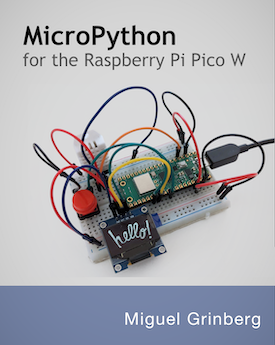The React Mega-Tutorial, Chapter 12: Production Builds
Posted by
on underYou have an application that you have been using in your own computer during development. How do you put this application in front of your users? In this chapter you are going to learn how to work with production builds of your application.


